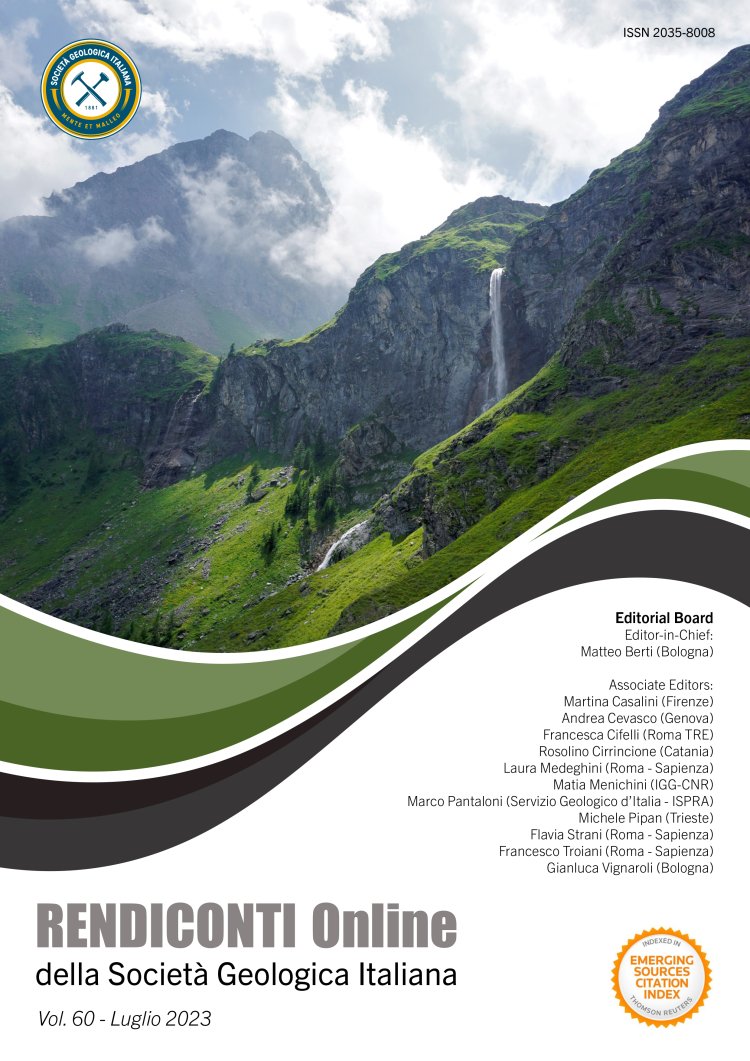

Quantitative combined multiscale structural and minero-chemical analysis to unravel the tectono-metamorphic evolution of cordierite- migmatite gneiss from the Valpelline Unit (Dent-Blanche Nappe, Western Italian Alps, Valle d’Aosta)
Fabiola Caso1
1Dipartimento di Scienze della Terra "A. Desio", Università degli Studi di Milano, Via Mangiagalli 34, 20133, Milan, Italy.
Corresponding author e-mail: fabiola.caso@unimi.it
DOI: https://doi.org/10.3301/ROL.2023.20
Volume: 60/2023
Pages: 2-10
Abstract
Among the Valpelline Unit migmatites, the cordierite-bearing ones represent the most fascinating type, but little is known about their P-T evolution. Since the complete understanding of these rocks results from the interplay of petrological and multiscale structural investigations, a multidisciplinary approach that combines quantitative microstructural and minero-chemical data, discriminating different generations of superimposed foliations and stages is provided. Two main deformational stages have been defined at the meso- and microscale: the first (D1) is a solid-state deformation developing a foliation (S1) preserved as isoclinal folds; the second (D2) is related to the development of the main foliation (S2), associated with cordierite and garnet growth, and melt production. The regional S2 wraps cordierite, garnet and melt aggregates. Temperatures for the cordierite-growing stage, obtained by combining biotite calibrated maps and Ti-in- biotite thermometer, range between ~700 and 780 °C.
Keywords
high-temperature metamorphism, mineral grain orientations, X-ray chemical mapping, cordierite, migmatite.
Get Full Text